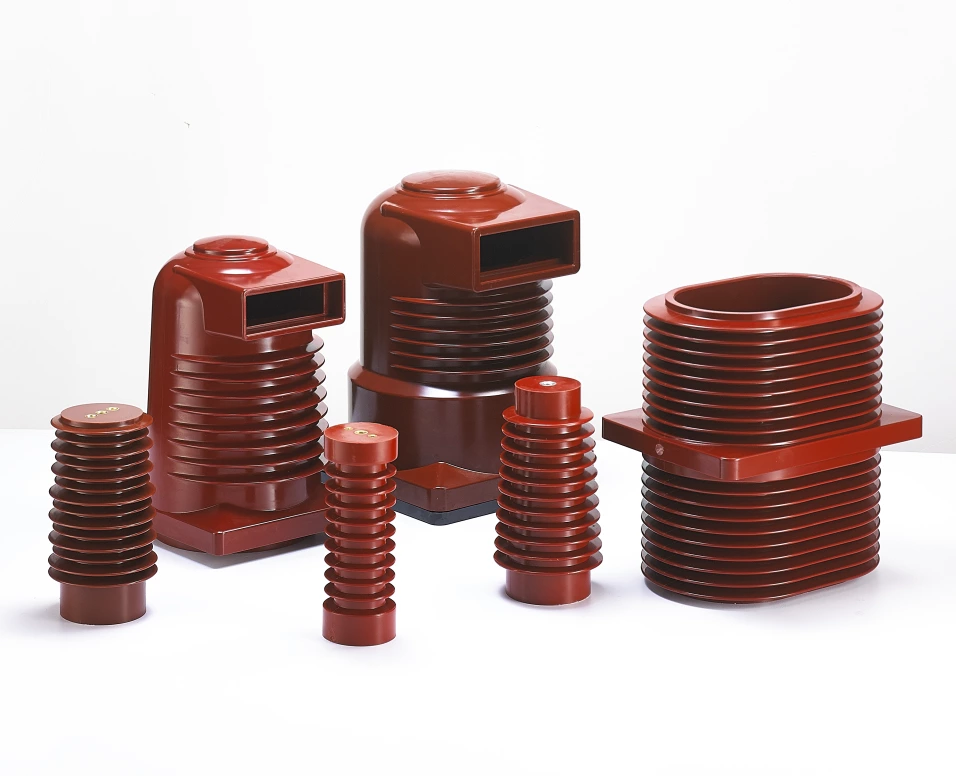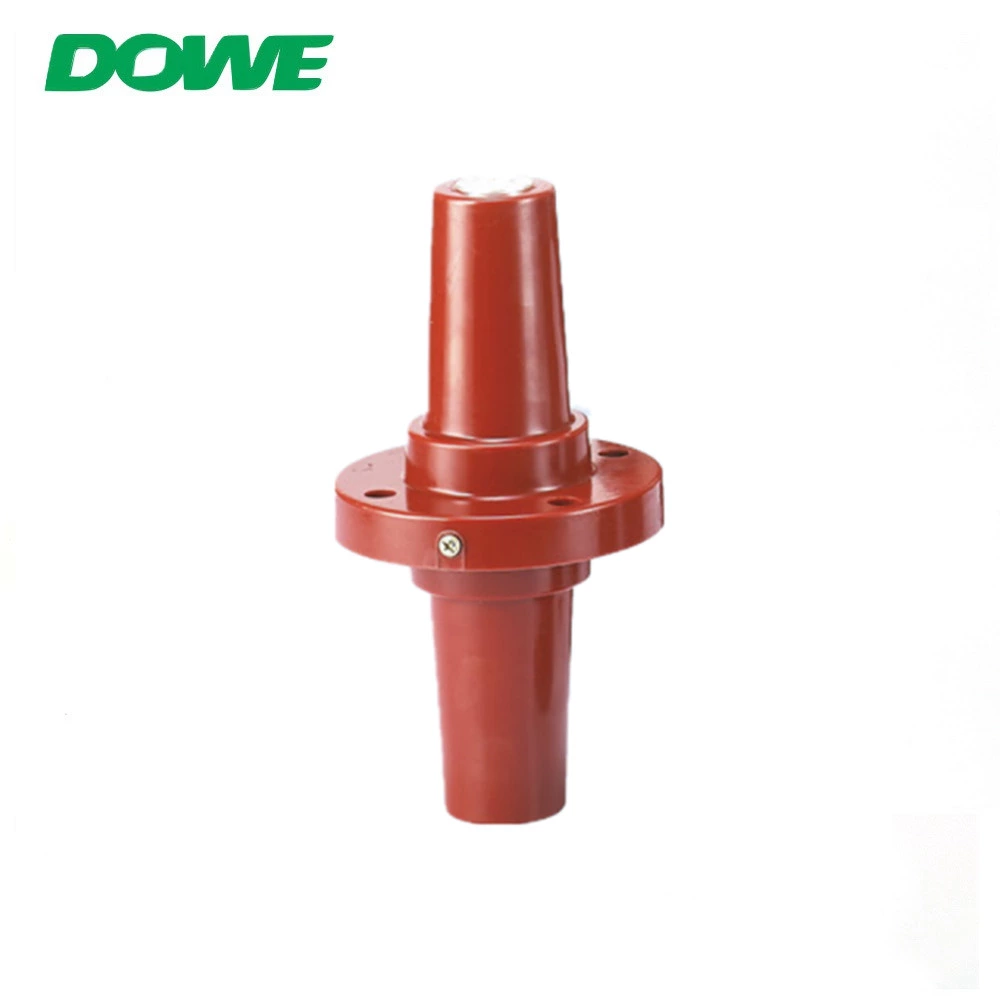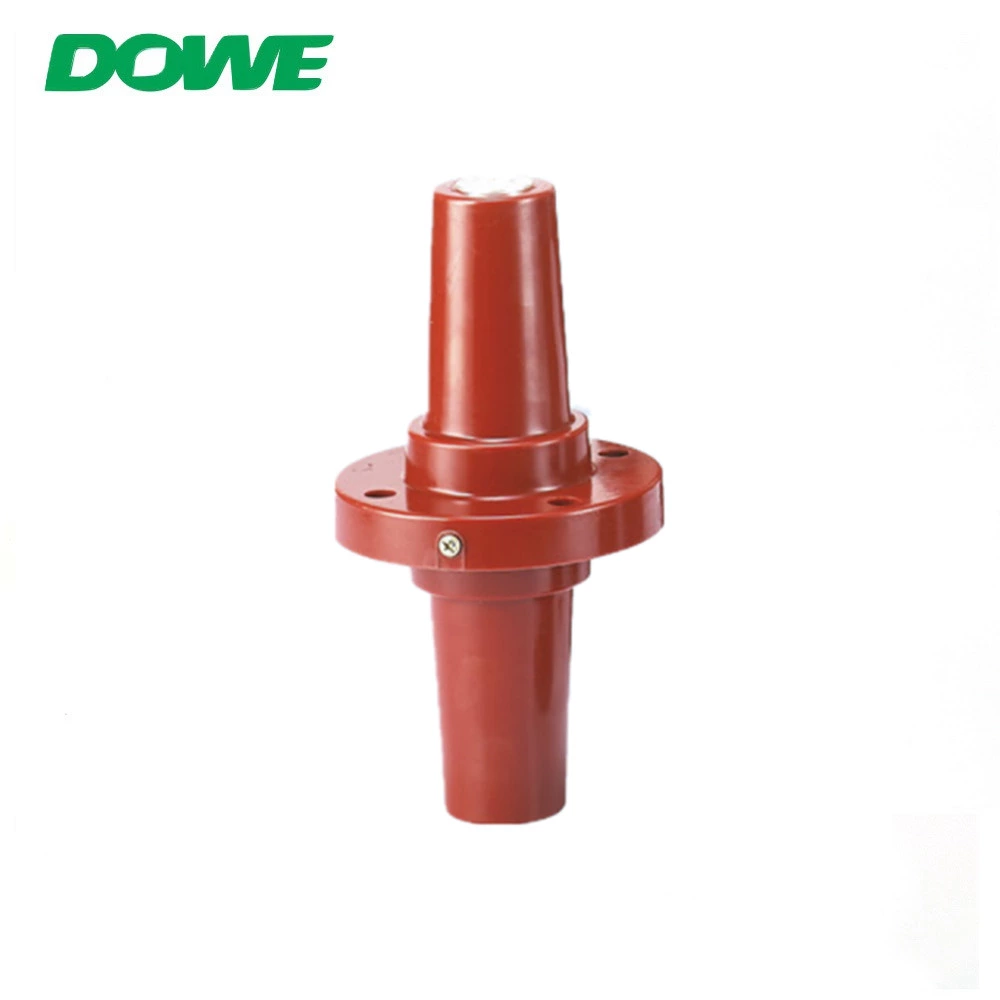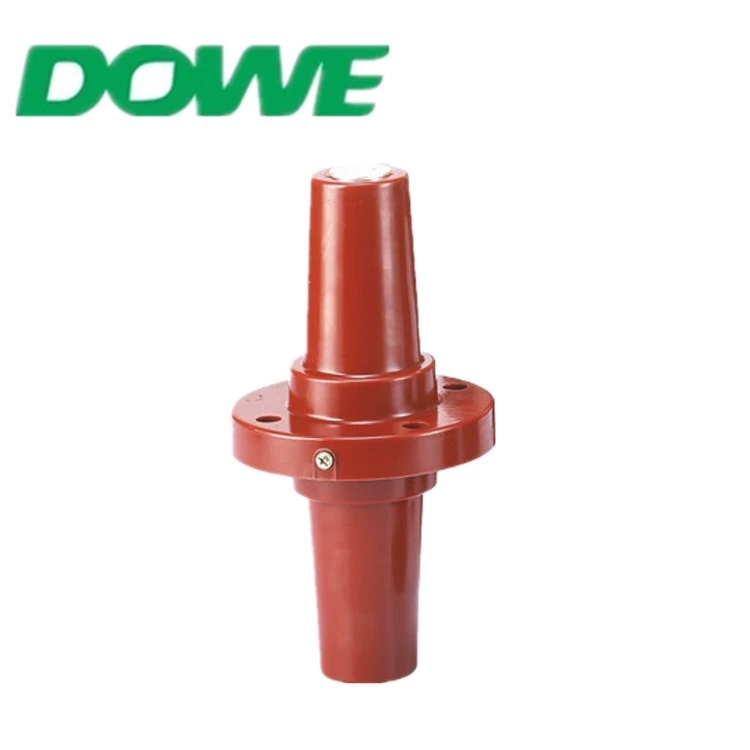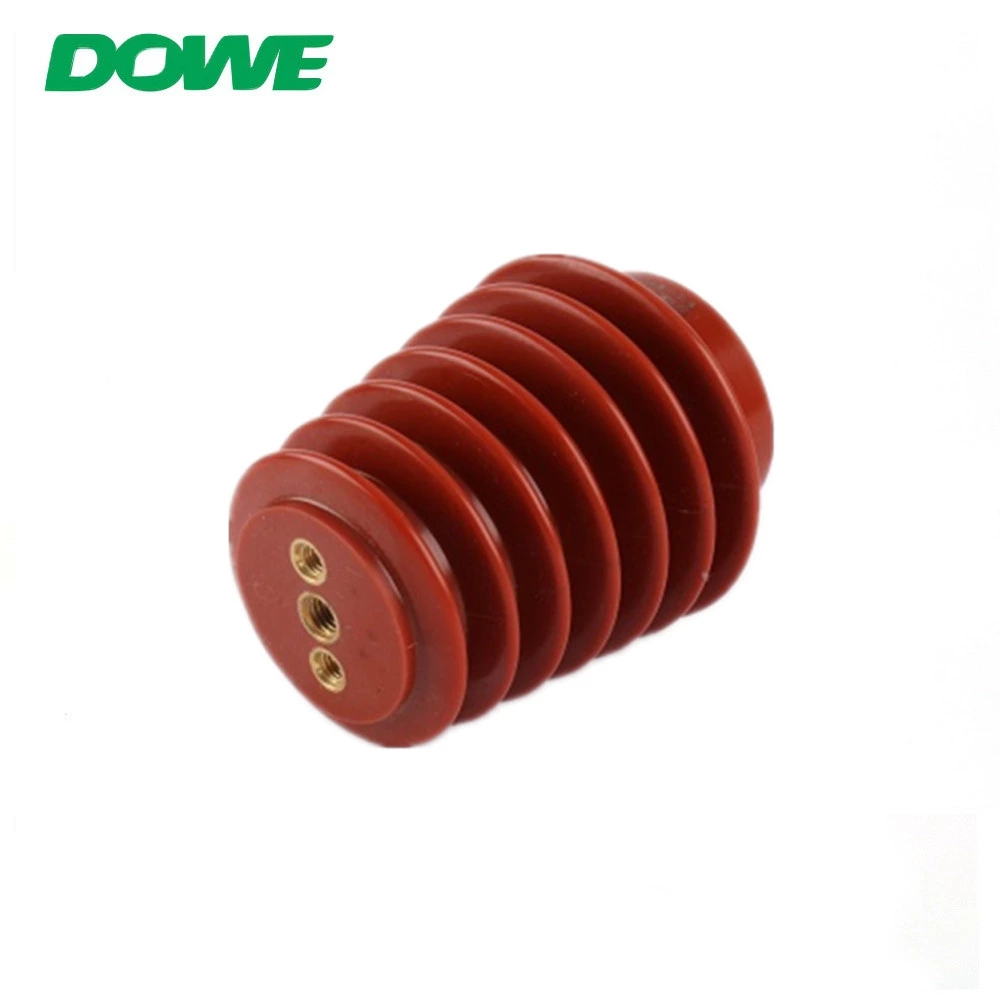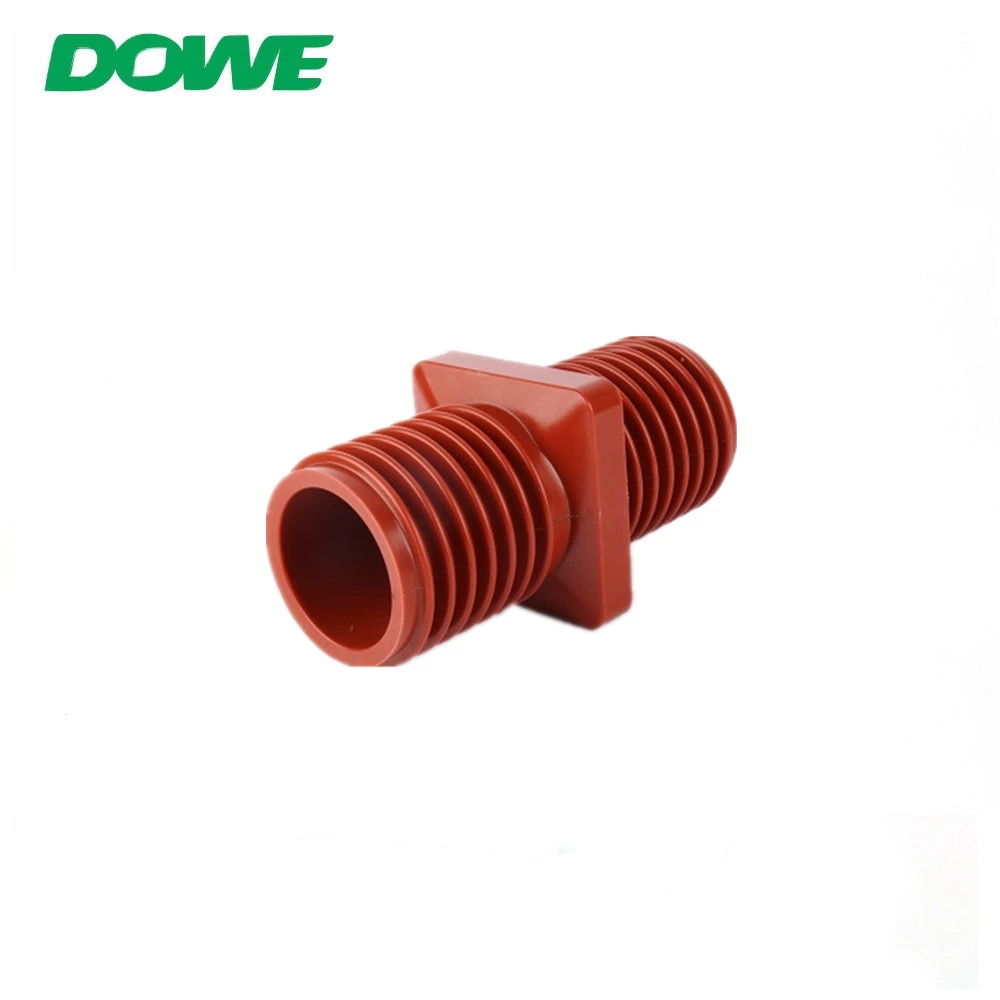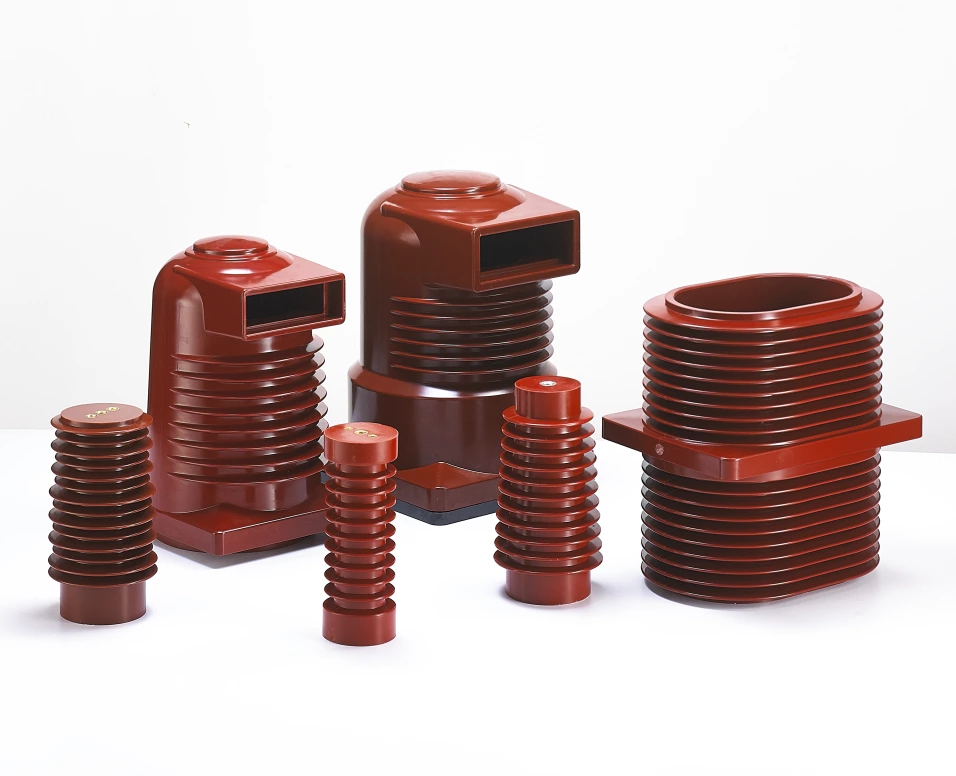Demystifying the Mechanism of Heat Shrink Tubing: Understanding its Shrinkage Upon Heating
When it comes to heat shrink tubes, everyone will be familiar with it, because heat shrink tubes are very common in our daily lives. Heat shrinkable tubes mainly play a role in protecting the things they cover (mainly: insulation, flame retardant, anti-corrosion and other protective functions). It is mainly used in electronics and electricity, such as sealing and protecting household appliance pipelines, improving wear resistance and preventing wire aging. Heat shrinkable tubes have many uses. Many users know that heat shrink tubes are sleeves with the function of heating and shrinking. However, many users are not very clear about the working principle of heat shrink tubes. Today, the editor of DUWAI will introduce the principle of heat shrink tubes to you. Why does it heat and shrink?
First, let’s briefly describe the production process of heat shrink tubes to facilitate understanding of the principles of heat shrink tubes later. The production process of heat shrinkable tubes is mainly divided into four steps: mixing and matching of raw materials, extrusion forming, radiation cross-linking, and expansion forming. Knowing extrusion forming and expansion forming will give you a good understanding of the working principle of heat shrinkable tubes.
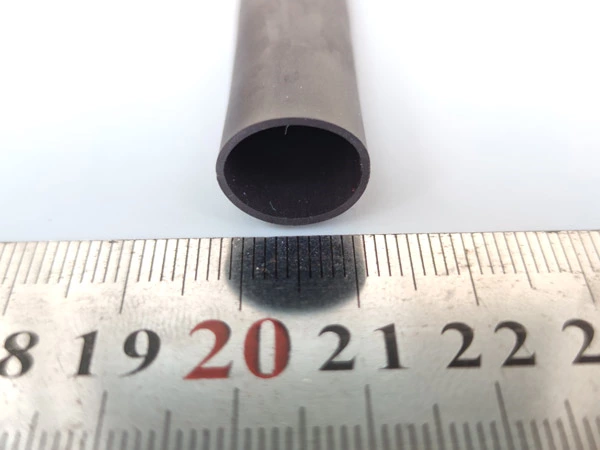
First of all, when we extrude the heat shrinkable tube from the extrusion equipment, it does not have the shrinkage function. For example, the inner diameter of the heat shrinkable tube with an inner diameter of 22mm is only 10.8mm when it is first extruded. This kind of heat shrinkable tube that has just been extruded We call it the germ tube, which is the semi-finished product. After radiation cross-linking, the linear molecular material becomes a network, giving it a memory function, which lays the foundation for subsequent expansion.
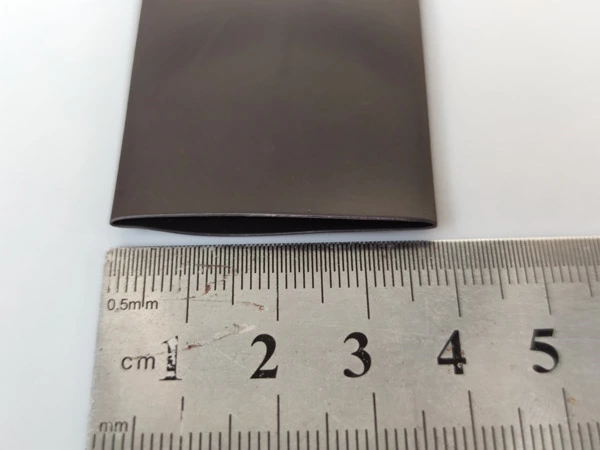
Then, the embryonic tube with an inner diameter of 10.8mm is enlarged to 22mm in a high temperature environment through professional expansion production equipment, rapidly cooled, and the inner diameter is fixed at 22mm, which becomes a heat shrinkable tube with an inner diameter of 22mm. . If it is a heat shrinkable tube with a shrinkage ratio of 3 times or 4 times, the 10.8mm embryonic tube will be expanded to 30 or 40, but the technical difficulty is slightly higher than that of a heat shrinkable tube with a shrinkage ratio of 2 times.
Finally, when we use it, we use heating to restore the inner diameter of the heat shrinkable tube to 22mm to its original embryonic tube state, and the inner diameter to 10.8mm. This is probably such a process, and the principle is very simple.
When the heat shrinkable tube is first extruded, the inner diameter is smaller than the finished product, and then it expands into the finished product and is heated to return to the state when it was extruded. This is the working principle of the heat shrinkable tube.


